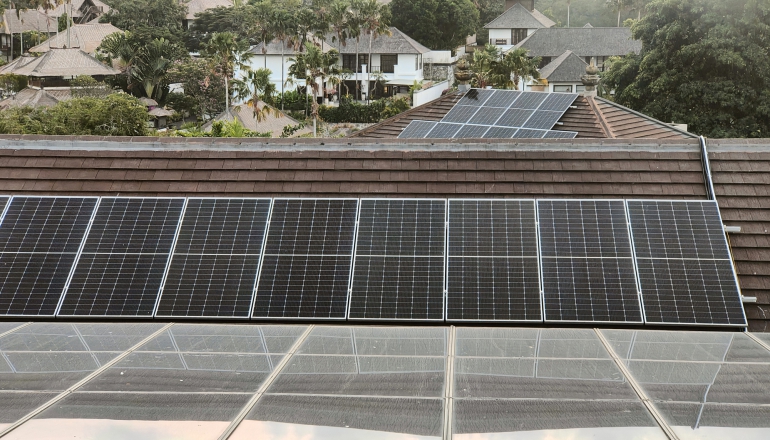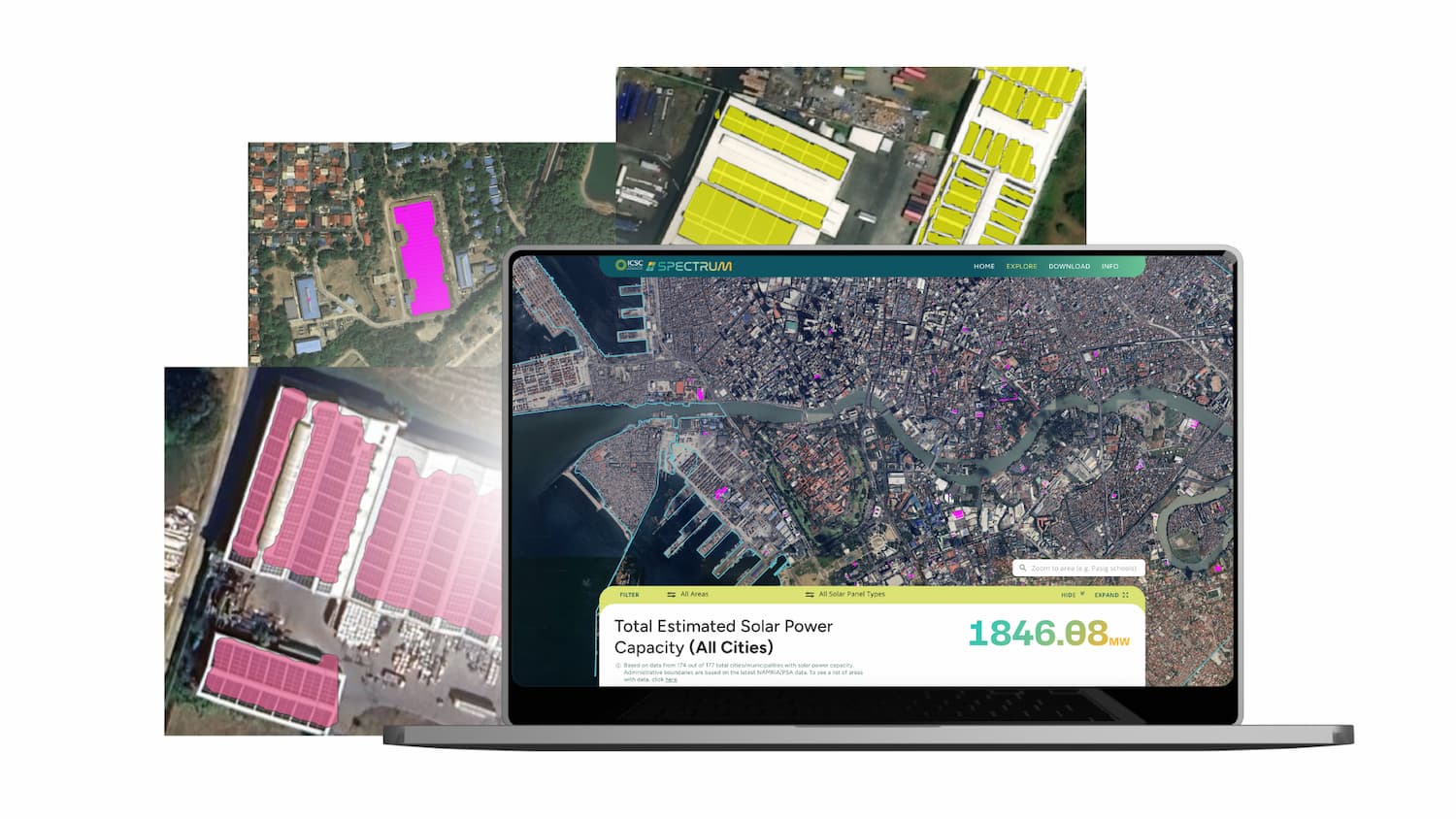
Rooftop solar covers less than 1% of available roof space in major Philippine cities. (Photo: iStock)
The Philippines’ Institute for Climate and Sustainable Cities (ICSC), a local non-governmental think tank, has used artificial intelligence (AI) to estimate national rooftop solar capacity with an impressive 90% average accuracy.
Findings show the country has up to 1,800 MW of installed rooftop solar but less than 1% of rooftop space is currently utilized in major urban areas.
Utility-scale rooftop solar identified with 98% accuracy in mapping
On July 15, ICSC officially launched its in-house software platform: SPECTRUM (Solar Power Estimation of Capacities and Tracking Using Machine Learning). The tool uses AI and satellite imagery to identify rooftop solar installations and estimate electricity generation, helping provide the Philippine government with crucial data for future solar and climate policies.
Although programs such as net metering require registration, more users have opted not to register their rooftop systems. This makes it difficult for the government to track actual installed capacity. According to ICSC Chief Data Scientist Jephraim Manansala, this rise in unregistered solar affects how distribution utilities plan and manage the grid.
SPECTRUM classifies rooftop solar into three categories: residential, commercial, and utility-scale. To date, it has identified 1,846.08 MW of rooftop solar across the country. Of this, 1,398.25 MW is utility-scale, 245.8 MW is residential, and 202.03 MW is from commercial installations.
The AI model’s current version achieves over 90% detection accuracy across all types of installations: 87.6% for residential, 87.1% for commercial, and an exceptional 98.47% for utility-scale systems.

The AI system developed by ICSC achieves an average accuracy rate of over 90% in identifying rooftop solar installations. (Image: ICSC)
Low solar coverage in urban areas despite high rooftop capacity
Despite this large potential, the solar coverage rate in major Philippine cities remains surprisingly low. Metro Manila, which has the largest total rooftop area, has a coverage rate of just 0.47%. Other metro areas show similar gaps: Metro Cebu at 0.48%, Metro Iloilo at 0.54%, and Bacolod, the highest, at only 0.81%.
In 2023, the Philippines launched the Expanded Rooftop Solar Program (ERSP), but its impact appears limited so far. Department of Energy Undersecretary Rowena Cristina Guevara recently noted that new rooftop solar regulations may be introduced in Q3 of this year, which are expected to drive greater adoption, especially among households.
In a separate media interview, she also emphasized that falling solar panel prices have shortened the payback period to just 3 to 5 years, making residential solar more economically viable. The government also plans to equip all public schools with rooftop solar by 2028.
Source: ICSC, Philstar, Eco-business, PNA, Politiko
.jpg)

